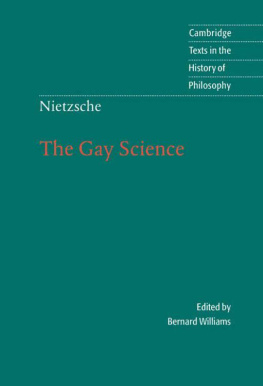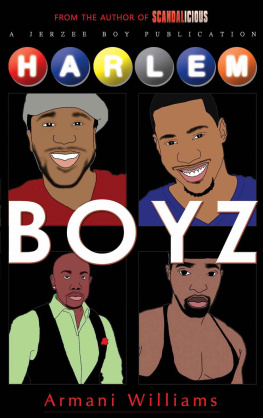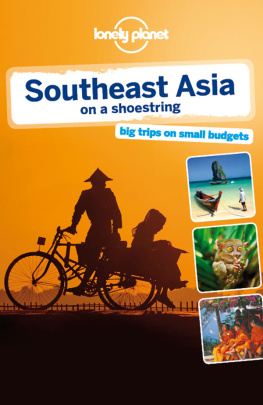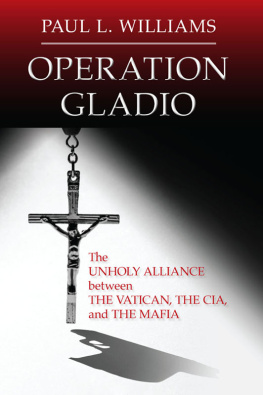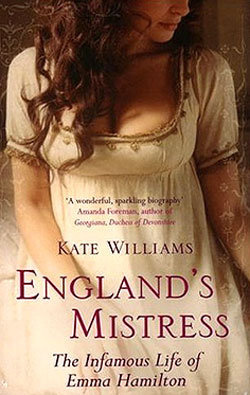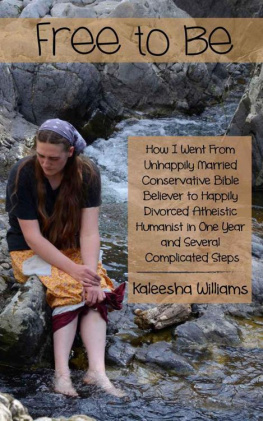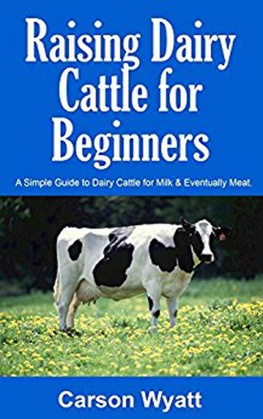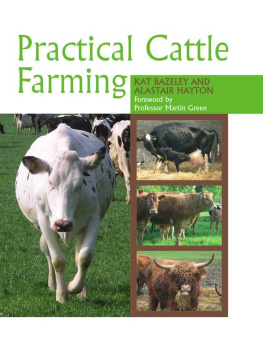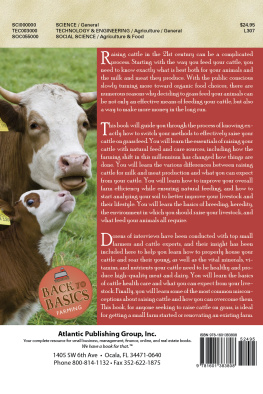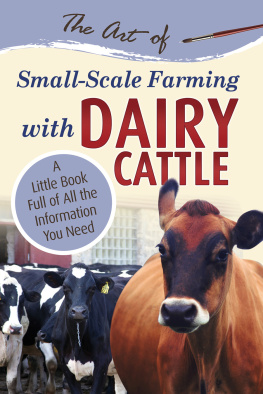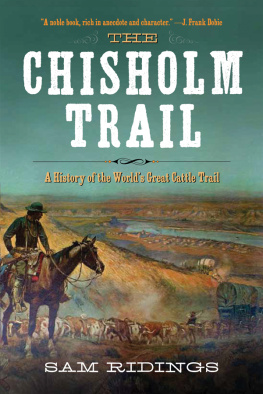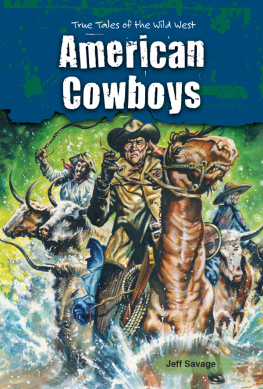Contents
Guide
Terry J. Williams is a full-time writer and illustrator. She worked as a tutor in publishing studies at Stirling University before spending ten years in a crofting community on the isle of Skye. She has written and illustrated feature articles for several magazines, including the Scots Magazine and the North American quarterly Scottish Life, with whom she continues to work as a regular contributor. Walking With Cattle is her second full-length work. Her first book, Ten Out Of Ten, was published in 2010 to commemorate the tenth anniversary of Sgoil Chiil na Gidhealtachd (the National Centre of Excellence in Traditional Music) in Plockton. She lives in the Black Isle near Inverness.
First published in 2017 by
Birlinn Limited
West Newington House
10 Newington Road
Edinburgh
EH9 1QS
www.birlinn.co.uk
Copyright Terry J. Williams 2017
The moral right of Terry J. Williams to be identified as the author of this work has been asserted by her in accordance with the Copyright, Designs and Patents Act 1988.
All rights reserved. No part of this publication may be reproduced, stored or transmitted in any form without the express written permission of the publisher.
ISBN: 978 0 85790 980 0
British Library Cataloguing-in-Publication Data
A catalogue record for this book is available from the British Library
Typeset by Edderston Book Design, Peebles
Printed and bound by Grafica Veneta, Italy
The brown sails of the cattle boats have gone from the Minch.
A. R. B. Haldane
Contents
List of Illustrations
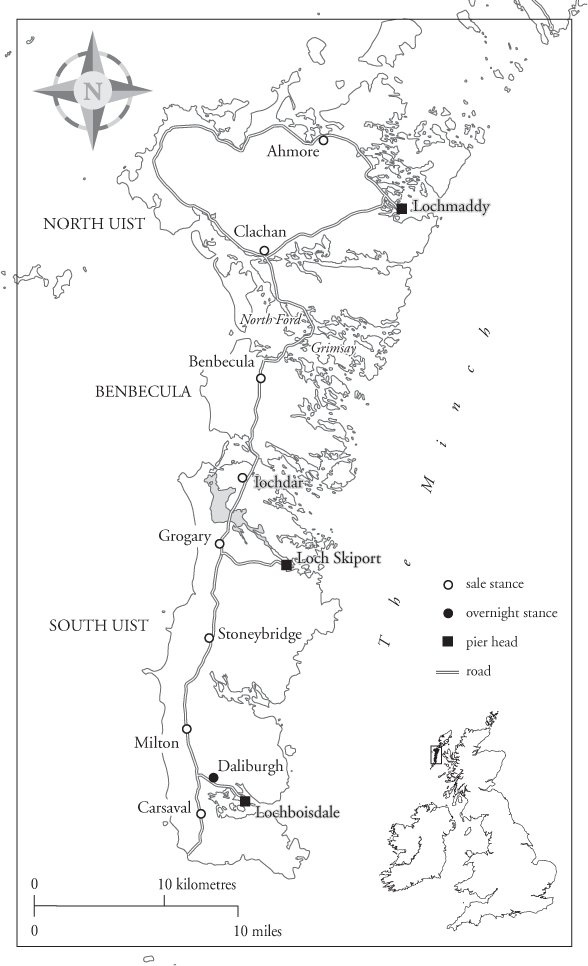
1
Beginnings
The Highland bull gazed out across the Cromarty Firth from his vantage point above the road into Dingwall. Beside him stood a tall man, plaid over the shoulder, bunnet on head, stick in hand and dog at heel. I was looking for a campsite but the words Auction Mart on a sign beside the road were irresistible. Being a farmers daughter as well as an ever-inquisitive writer-in-a-campervan, I turned into the car park of Dingwall & Highland Marts Limited. The place seemed to be full of mud-spattered 4x4 trucks, which meant there was a sale. I pulled on wellington boots and walked over to the bull.
The bull and his companions ignored me. A plaque at their sculpted bronze feet identified the man as The Highland Drover... An Drbhair Gidhealach and told me he had been here since December 2010. At the entrance to the mart building was a notice promoting The Drover Exhibition. I anticipated a few glass cases displaying tattered documents and faded photographs, with maybe an artefact or two for good measure. Perhaps it was worth a quick look round and maybe a plastic cup of coffee, if there was a cafe.
Double doors opened on to a light, spacious atrium. A babble of conversation rose from brightly covered tables where farmers, townsfolk and visitors were eating and drinking from sturdy white crockery and real mugs. The staccato, rapid-fire voice of the auctioneer in the adjacent sale ring collided with the bellowing of cattle from stock pens behind the main building and the sweet-acrid smell of livestock flavoured the temptations of good coffee and home cooking.
A flight of stairs led to a wide, circular balcony overlooking both cafe and sale ring. Round the walls I found, instead of the expected dingy memorabilia, a series of professionally designed, permanent display boards telling the drovers story in words, illustrations, maps and photographs. From the first domesticators of cattle, through cattle reivers and drovers, to the auctioneers and truck drivers of modern times, the tale unfolded panel by panel and ended far across the world, with the drovers who took their experience overseas and developed the livestock industries of North and South America, Australia, New Zealand and South Africa. Any thought of a quick look round evaporated. I was hooked.
A colour video film, specially commissioned and professionally produced, showed footage of Highland droving country, complete with shots of a re-enacted cattle drove. It gave a flavour of the long journeys through the hills, an inkling of the hardships involved. And, if the presenters commentary was occasionally lost in the din of a livestock mart in full flow, it only added to the authenticity. Further on, a small screen set into the wall showed, at the push of a button, slices of droving history from the Scottish Screen Archive.
I paused by a table full of labelled folders: Auctioneers; Marts; The Drovers; Sales in South Uist a treasury of newspaper cuttings, photographs, letters and articles; a note to visitors explaining that this was just a sample from the Highland Drover Projects main collection, which could be found in the Highland Archive Centre in Inverness, should I be interested. I would certainly visit the Archive Centre. More immediately, I had found a story and I wanted to know more. With no idea that this discovery would lead me south to Crieff and north to Lairg and, most significantly, across the Minch to the Atlantic edge of the Western Isles, I arranged to meet Kenneth (Kenny) McKenzie, Managing Director of the mart. Could he tell me about the Highland Drover and the exhibition and the collection and the people who carried out the project? He could.
In 2004, a public meeting was held in Dingwall and the Highland Livestock Heritage Society (HLHS) was founded to celebrate and honour the traditions and knowledge of the Highland drovers and their trade and to ensure that their legacy is preserved for the benefit of future generations. The objectives were threefold an archive of droving-related material, an exhibition and a commemorative sculpture. Whats more, the venture was to be located not in a museum or a visitor centre but at the heart of the droving tradition in Dingwalls 21st-century, state-of-the-art livestock mart. It was a big challenge but the men and women involved were unstinting in their commitment.
According to the projects brochure, the Highland drovers were the heroes of their day, [who] helped build Scotlands livestock industry. And along the way, they supported and entertained countless communities throughout the region... [They] set out to gather the cattle and sheep they would go on to care for over several months, walking them through hundreds of miles of wild terrain to the great livestock trysts of central Scotland and beyond. Calling at isolated hill crofts, busy coastal villages and peaceful glens, they exchanged news and the payments on which many families in the Highlands and Islands depended for their very survival... Everywhere they went, the drovers were made welcome. These men combined skilful animal husbandry with physical toughness and the ability to negotiate fair prices and manage the complex and risky commercial structures of the livestock trade.
The first task for the project team was to start collecting first funds and then material for the archive and exhibition. David Henderson, an economist with a strong interest in droving history, brought useful experience of funding issues to his role as chairman. He also contributed a gentle sense of humour that helped balance the ideals of the project against the pragmatism needed for a fruitful outcome. Farmers daughter Janey Clarke offered her services as archivist. Kenny McKenzie allocated her an office at the mart and the words Highland Drover Project appeared on the door. Janey sat down at her desk and the work began. In response to a couple of newspaper adverts and a string of phone calls round the local farming community, letters and email messages began to arrive. The Highland grapevine spread the word. People came to the office with envelopes and packages bulging with memories of droving and the marts. This was their own history being recorded. Farms pass down from one generation to the next and, in many cases, theres a drover somewhere along the line.


